Hey guys! so I got a turbo today for my first turbo build. It's going onto the shelf until I get another motor and rebuild it. Anyways it's an AiResearch M10. I'm new to turbos and I probably jumped the gun on getting a turbo since I'm finding myself with one I have no knowledge of. But I'm hoping someone on here can help me with where to look for info on this thing, like what numbers I should be looking for and where they would be on the turbo.
So far I know it's somehow related to Garret, like they are the parent company or something. And that it's possibly european. I can't feel any play in the shaft and it has an internal wastegate. This one also has a downturn bolted on the turbine outlet side with an O2 bung in it ready to have an exhaust flange bolted to it. It has a serial # on the flange for that part. It was on a civic. On the compressor on the outlet side there's a 48 and a 6 stamped just inside the housing. I posted some pics of it all below if it will help.
Edit: I think on the turbine it says A/R .83... It appears that the turbo has water and oil cooling as well.
I'd greatly appreciate any help anyone can give. I'm trying to learn as much as I can but without any friends who have boosted I'm at a loss for a teacher. lol.
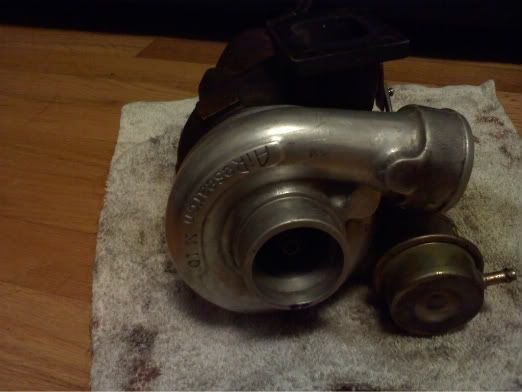
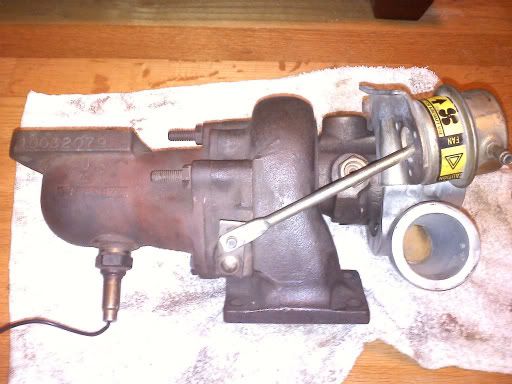
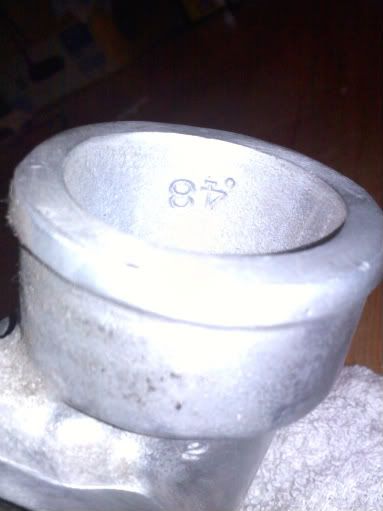
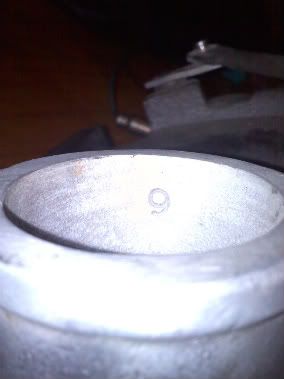

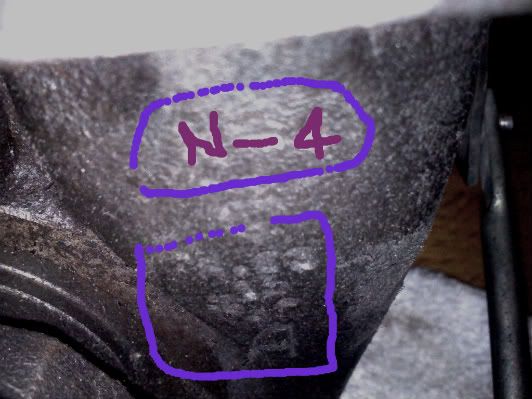
So far I know it's somehow related to Garret, like they are the parent company or something. And that it's possibly european. I can't feel any play in the shaft and it has an internal wastegate. This one also has a downturn bolted on the turbine outlet side with an O2 bung in it ready to have an exhaust flange bolted to it. It has a serial # on the flange for that part. It was on a civic. On the compressor on the outlet side there's a 48 and a 6 stamped just inside the housing. I posted some pics of it all below if it will help.
Edit: I think on the turbine it says A/R .83... It appears that the turbo has water and oil cooling as well.
I'd greatly appreciate any help anyone can give. I'm trying to learn as much as I can but without any friends who have boosted I'm at a loss for a teacher. lol.







 90 LX, 270,XXX miles strong!
90 LX, 270,XXX miles strong!

Comment